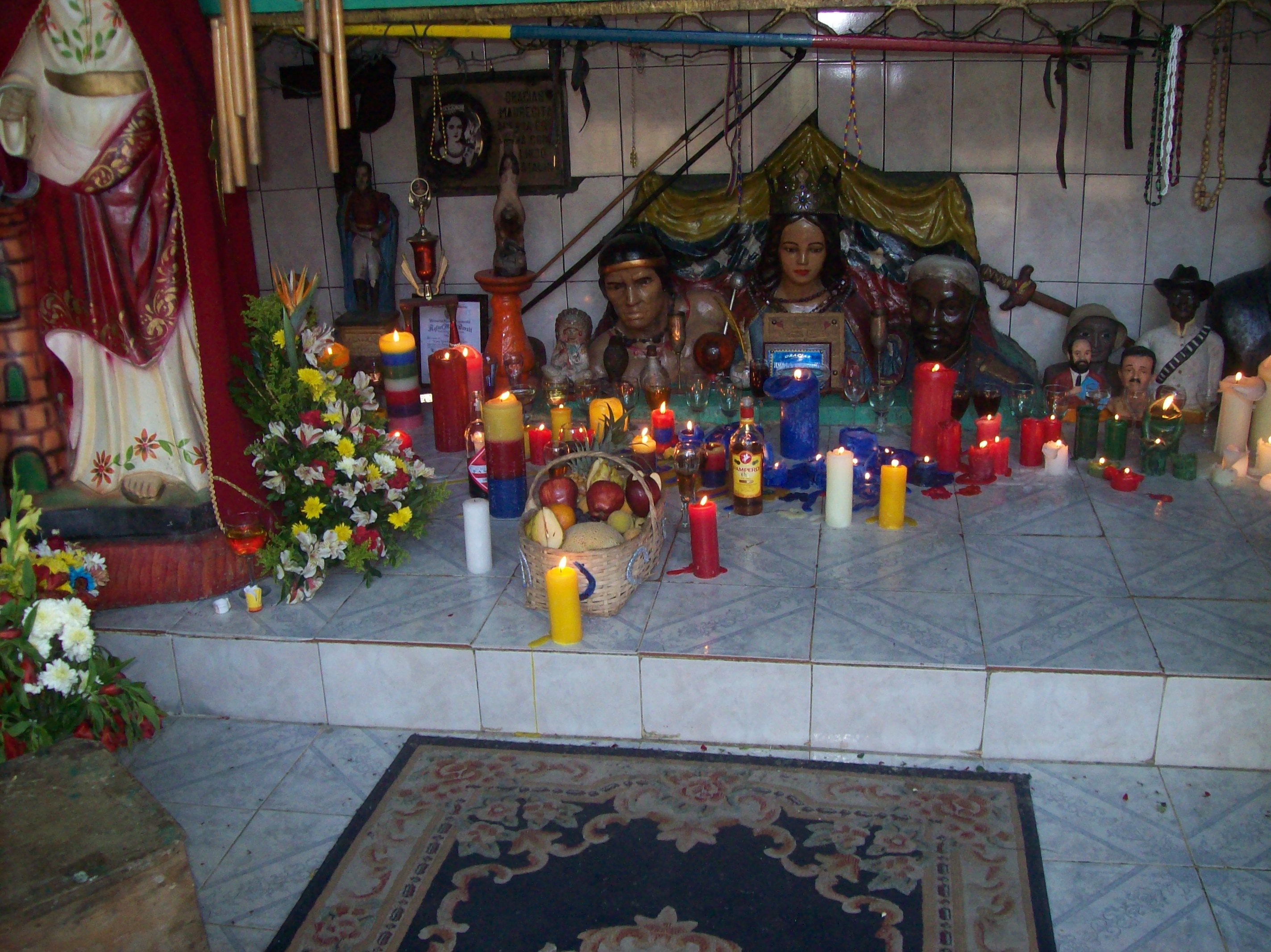|
María Lionza (statue)
''María Lionza'' is a large statue depicting the wikt:titular#Adjective, titular goddess, María Lionza, riding a tapir. The original is located on Cerro María Lionza Natural Monument, Sorte mountain in Yaracuy, said to be the goddess' home. A replica is located between lanes of the Francisco Fajardo Highway, Francisco Fajardo freeway next to the University City of Caracas, University City campus of the Central University of Venezuela, in Caracas. The original was created by Alejandro Colina in 1951 to sit outside the university's Olympic Stadium (Caracas), Olympic Stadium for that year's Bolivarian Games; it was moved to the highway in 1953 and, after several years in storage with the replica on display in its place, was illicitly relocated to Sorte in 2022. The replica is a cast made by Silvestre Chacón in 2004; it has received generally negative reactions, and its construction damaged the original. It remains on the highway, while another replica is also at Sorte. Colina oft ... [...More Info...] [...Related Items...] OR: [Wikipedia] [Google] [Baidu] |
Alejandro Colina
Alejandro Colina (8 February 1901–1976) was a Venezuelan sculptor. Alejandro Colina, a Venezuelan sculptor, was born in Caracas on February 8, 1901. Colina is one of the greatest exponents of Venezuelan monumental sculpture and framed much of his work within the cultural heritage of indigenous communities, with their sculptures celebrating the myths, legends, gods and chieftains of the tribes in Venezuela. He died in 1976 at the age of 75 years. His most famous work is the 1951 statue depicting the goddess Maria Lionza. Alejandro Colina's parents were Alejandro Torcuato Colina, from Falcón State; and Fermina Viera, a Spanish lady originally from Santa Cruz de Tenerife. Colina began his artistic development at the Academy of Fine Arts in Caracas at 13 years old. For seventeen years he worked as a mechanic for merchant ships, and as such, traveled for more than a decade. In 1919, he returned to Caracas and began to study at the School of Arts and Crafts in Caracas, where ... [...More Info...] [...Related Items...] OR: [Wikipedia] [Google] [Baidu] |
